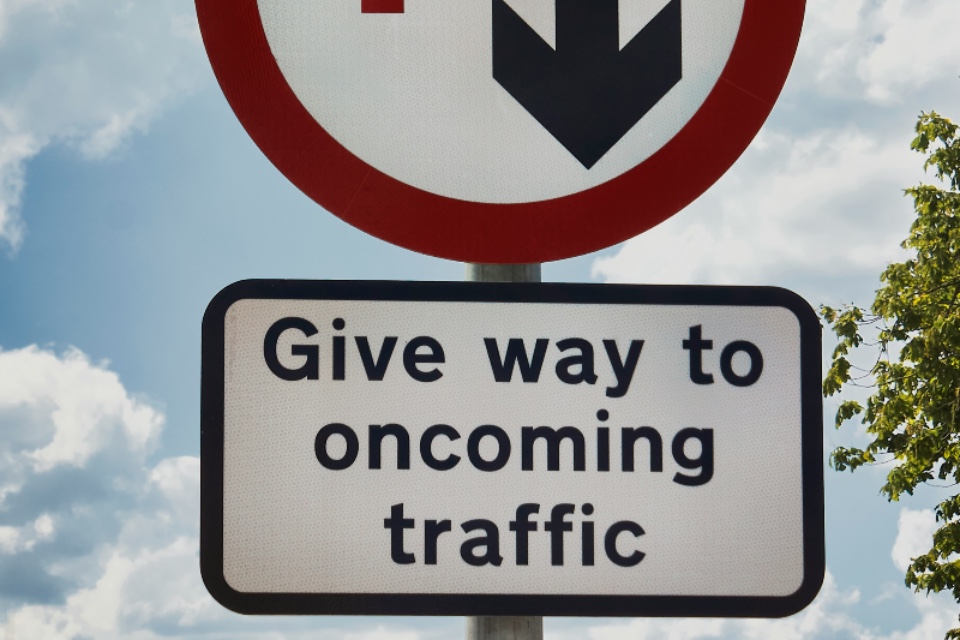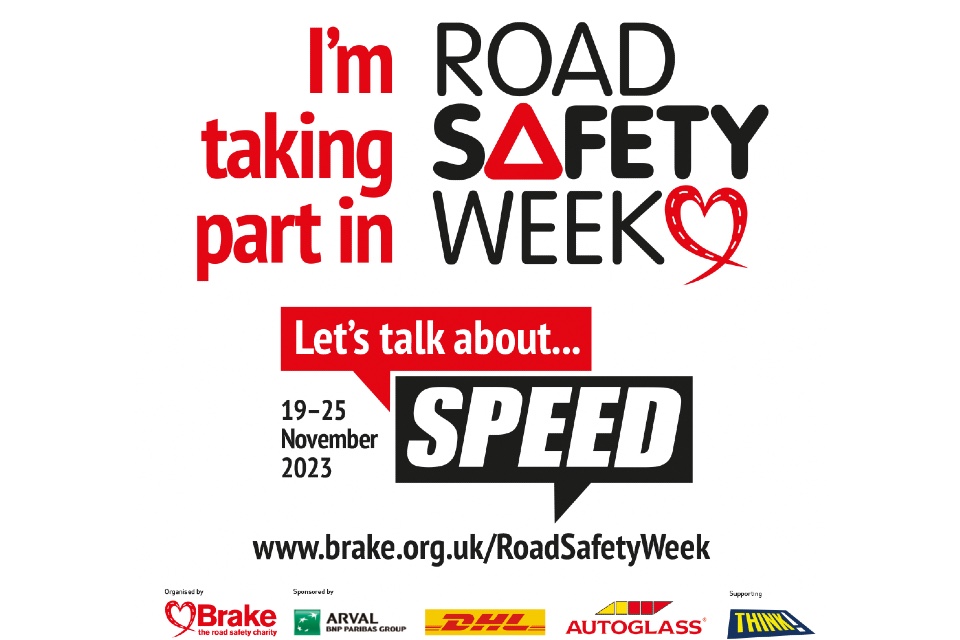FLEET QUIZ: How well do you know your road signs?

2022 saw over 5,483,000 commercial trucks, buses, vans and cars on the road, a record share of the total number of vehicles being actively driven. It is thought there are more professional drivers on the road than ever, suggesting that the average standard of driving is increasing. Despite this, over half of Britain’s drivers admit […]
Brake data: Speed-related road deaths and injuries up ‘significantly’

Road deaths and serious injuries caused by driver speed rose significantly last year, according to analysis of government road casualty data by Brake, the road safety charity, for Road Safety Week 2023. The latest road casualty statistics show that, in 2022, 1,766 people died on UK roads (1,711 in Britain, 55 in Northern Ireland), a […]
Unmarked HGV cabs spot 700 offences in police crackdown

Almost 700 offences were spotted in just one week by police officers patrolling the M1 in National Highways’ unmarked HGV cabs. Eight police forces travelled the route between Leeds and London in the HGVs on the look-out for unsafe driving in a week of action targeting the motorway. They stopped a total of 663 vehicles […]
Lightfoot backs Brake’s National Road Victim Month

Lightfoot, the award-winning in-cab driver technology and rewards platform, has announced that it is one of the chief sponsors of a major new virtual fleet safety exhibition being run and organised by Brake, as part of National Road Victim Month. The Global Fleet Champion Virtual Fleet Exhibition, which takes place this August, sees several of […]


